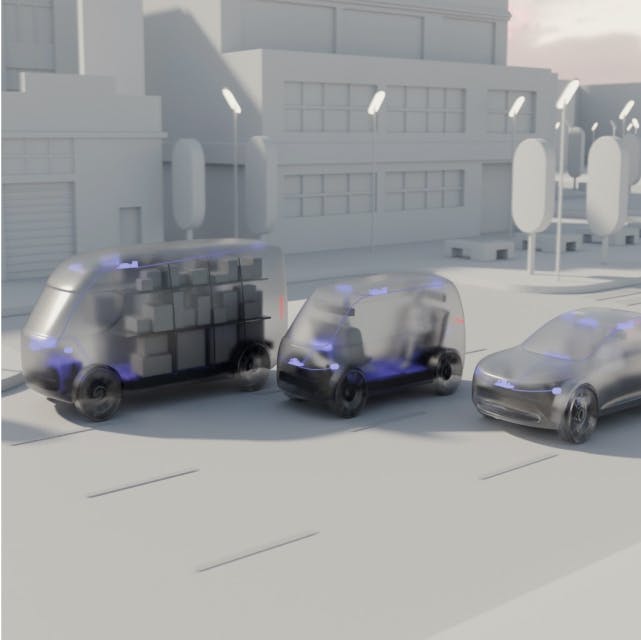Since Nuro’s founding, we set out to build a service that improves lives by giving people better and more affordable access to the things they want and need. Shopping and other errands represent 43% of American vehicle trips and are part of daily life for many, but these errands can be especially challenging for some people with disabilities. Roughly 1 in 4 adults currently live with a disability, and most people will experience some form of disability in their lifetime.
At Nuro, we are building an autonomous delivery service with a vehicle designed specifically for last-mile goods delivery. This service can help address hurdles for some people with disabilities, such as ability to operate a car, distance from a store, and picking up and carrying items.
Recognizing the diversity of experiences of people with disabilities, Nuro has partnered with disability advocacy organizations to better understand the challenges of today’s traditional delivery services, and meaningfully improve our design and operations for everyone.
Working Together
Nuro has prioritized three approaches to ensure we are learning and building alongside the people we want to serve:
- Listening and learning: Nuro has engaged in and facilitated a number of discussions with advocacy groups, including a company-wide panel discussion with diverse members of the disability community, various user interviews, and a roundtable discussion with 15 disability groups that was organized with Ability 360 and State Rep. Longdon in Arizona. Whether it’s a software engineer optimizing pullover locations for deliveries, a hardware engineer designing compartment height, or a product manager designing the mobile experience, this dialogue helps everyone at Nuro think about how to meet users’ diverse needs.
- Real-world deployment: At the height of COVID-19, Nuro launched a research pilot with METROLift and Kroger to offer free grocery delivery to paratransit customers in Houston. The pilot provided real-world insights on how autonomous delivery can improve food delivery for people with disabilities and remove the hassle of traveling to the grocery store and back.
- User experience testing: User experience testing is the process of engaging diverse users to assess a product to identify any potential improvements. Nuro has partnered with United Spinal, a nonprofit dedicated to empowering people with spinal cord injuries, to ensure the mechanics of our vehicle’s doors and compartments work well for wheelchair users.
Improving Product Design
Throughout the design process, Nuro has engaged with potential users with a variety of disabilities and with disability advocates, and heard specific ideas that will improve Nuro’s service. We’re at the beginning of this journey, and while we know there’s still room to improve to ensure our service is fit for everyone, here are a few important learnings we’ve identified so far to improve accessibility.
- Pre-delivery correspondence: For some users, it may be difficult to locate their order in an autonomous vehicle. So Nuro is developing pre-delivery correspondence that prepares users for a successful delivery — including how to authenticate the order, where to find the order in the vehicle, and how to unload the order once it arrives.
- User-friendly delivery: During initial user studies, wheelchair users noted it can be challenging to reach into a vehicle compartment to unload groceries. With our third-generation vehicle, we’ve designed the doors to have minimal outswing to ensure customers won’t need to suddenly back up. We also used ADA guidelines to inform our product specifications — such as compartment and keypad heights — to make package retrieval easier. Nuro’s mobile delivery app will give customers the option to opt-in to deliveries using the lower lockers that will sit inside the compartments, which may be more accessible for people with limited reach, and to authenticate orders and open and close the doors, which some users — including people who are blind — may prefer.
- Building in time: One pain point we heard about grocery delivery today is having enough time to retrieve items. It may take someone with a disability longer to navigate to the vehicle or unload goods. That is why we give users the option to easily request more time for their unloading process just by tapping a button on the keypad.
When we build with input from people with disabilities, we can build a better service overall. Accessibility improvements to the design of our compartments can make unloading more ergonomic for everyone, and clearer information on what to expect helps those who are new to autonomous delivery be comfortable with the service.
We’ve already learned much from our discussions and testing. We plan to continue this approach as we work to create a product that enables a more equitable and accessible future.


